Driving through Sankagiri in western Tamil Nadu, you can’t miss the profound connection between this bustling town and the trucking industry. Mechanic workshops, truck body-building units, painting workshops, spare parts stores, and engine oil outlets line the streets, making it clear why Sankagiri is recognized as one of India’s key trucking hubs.
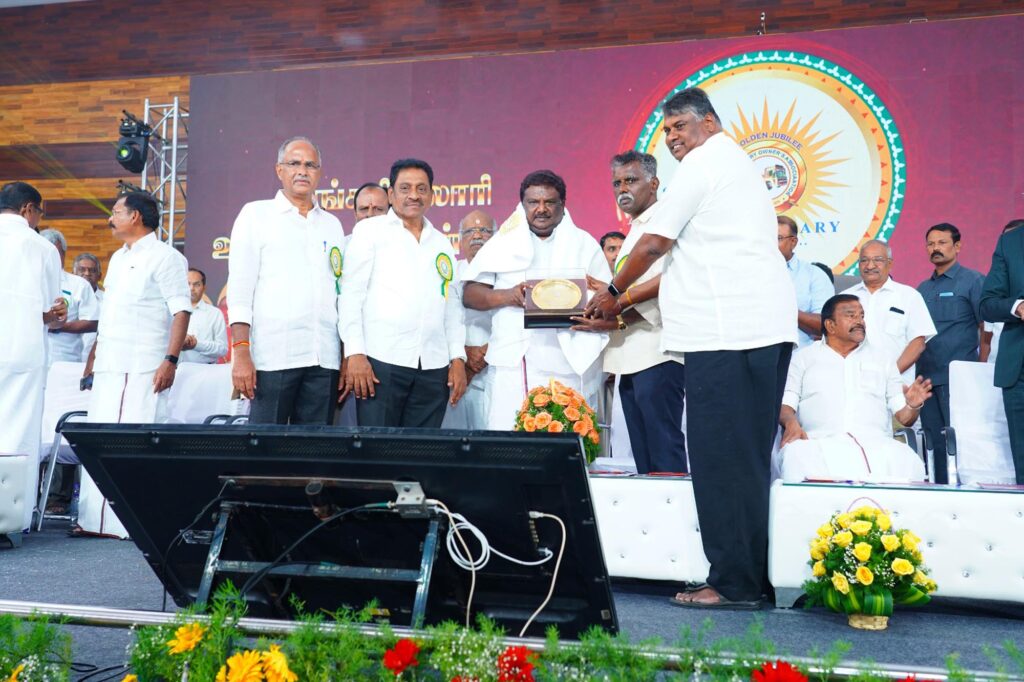
The Sankagiri Lorry Owners’ Associaation (SLOA) has been pivotal in the growth of this transport epicenter. Recently celebrating its golden jubilee, the SLOA stands as one of the country’s most prominent truckers’ associations. In an exclusive interview, N. Kandasamy, President, and N. Mohankumar, Secretary, share insights into the association’s history, achievements, and ongoing challenges for Sankagiri’s truckers.
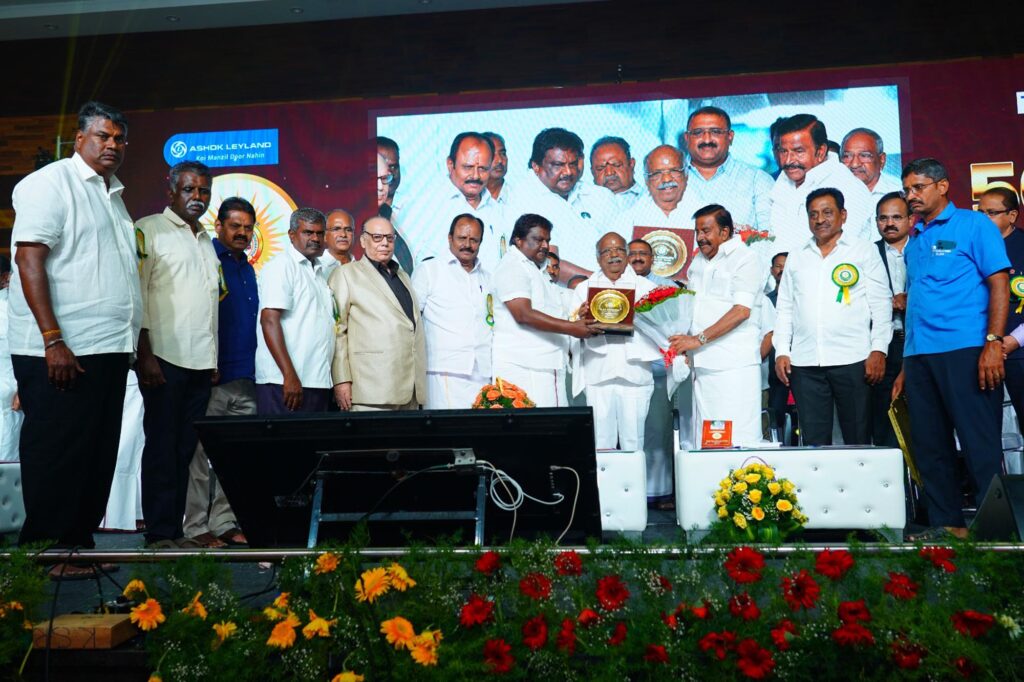
Reflecting on the association’s 50-year journey, Kandasamy explained, “It all started when India Cements established a factory in Sankagiri in 1974, giving a tremendous boost to the local transport sector. The SLOA was officially formed on March 7, 1974, under the leadership of Mr. Nalla Gounder, with just 15 members. Over time, it has grown, and today we proudly represent 3,700 members, making SLOA one of the country’s largest and most dynamic lorry owners’ associations.”
He adds, “Our members collectively own around 25,000 trucks, placing Sankagiri firmly among India’s top trucking hubs. Trucks from Sankagiri traverse every corner of the nation.”
Key objectives
According to Mohankumar, the association’s primary mission is to protect the rights of Sankagiri’s lorry owners. “We ensure our members’ business interests remain safeguarded. If issues arise, we coordinate with other associations to resolve them, ensuring smooth business operations for our members.”
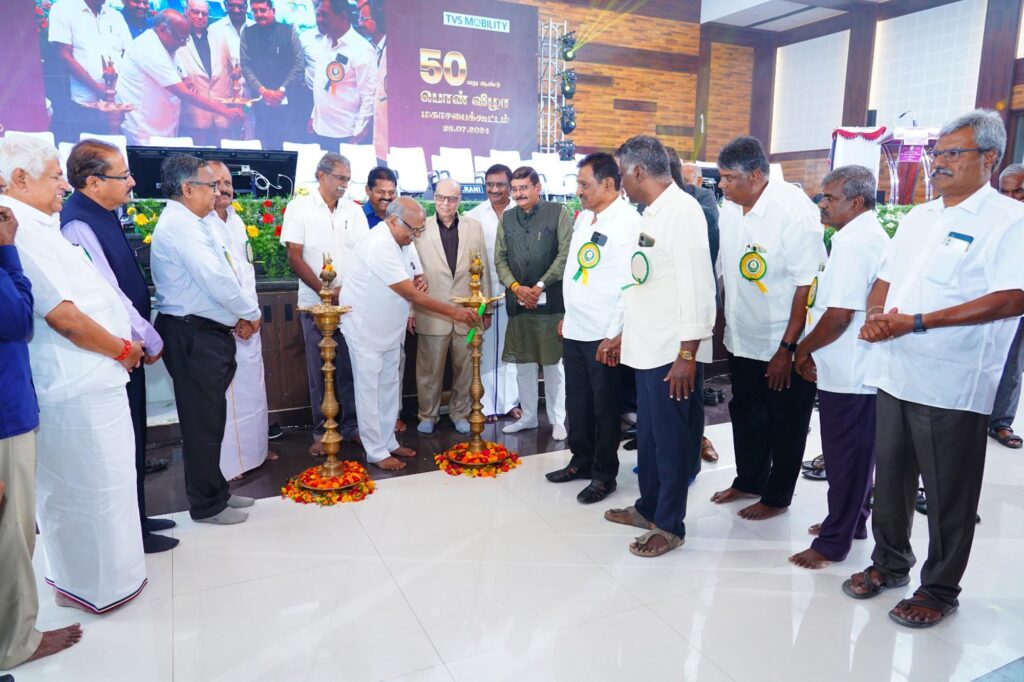
When asked about the secret to Sankagiri truckers’ success, Kandasamy is quick to respond: “We work with unparalleled devotion and dedication. Every lorry owner, even those with fleets of 100 trucks, knows each vehicle’s registration number by heart. This hands-on approach minimizes failures. And with the steady support of SLOA, our members have confidence in their ventures, overcoming obstacles with assurance.”
The association holds elections every three years, with 25 board members and 5 managing committee members overseeing its activities.
Over the years, SLOA has diversified its initiatives. Mohankumar explains, “We’ve been running three Indian Oil petrol stations since our inception, selling nearly 100,000 liters of fuel daily. These stations also offer LPG and CNG. In addition, we operate three spare parts stores and five engine oil outlets, employing around 180 skilled staff across these ventures.”
Challenges in the trucking industry
Discussing the challenges facing the industry, Kandasamy emphasizes the impact of GST. “Unlike large corporate transport companies, smaller operators like us—those with just a few vehicles—struggle to manage GST. Corporates can claim GST credits easily, but our members face difficulties due to lack of adequate awareness. We need more support to navigate GST complexities until these issues are streamlined.”
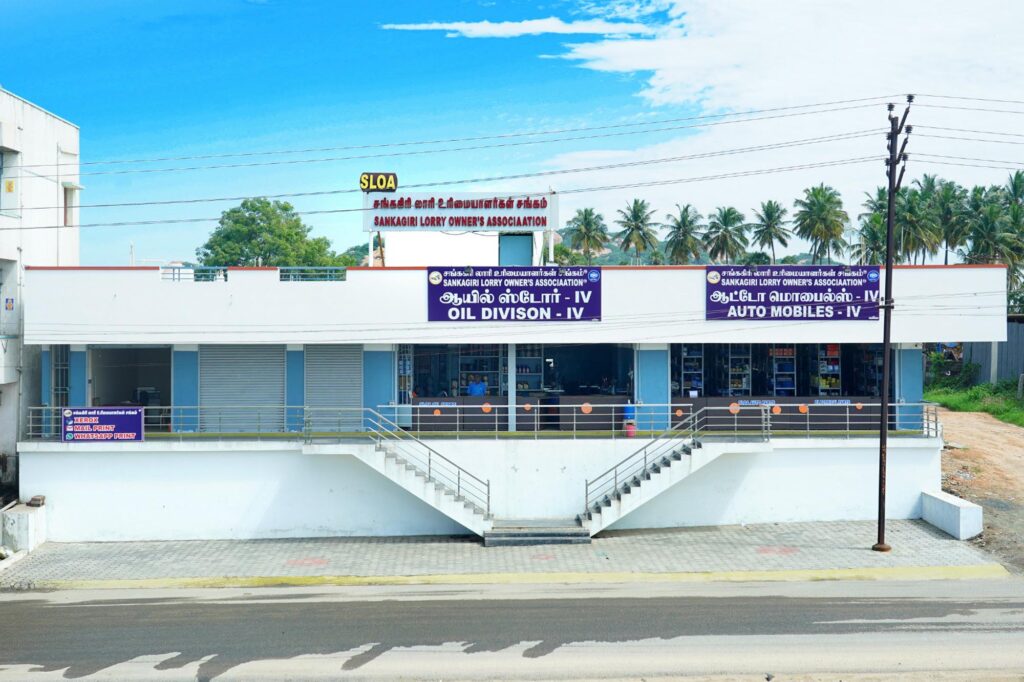
Another challenge, he notes, is dependency on agents. “Our members rely on agents to book loads as we don’t have direct access to companies. Agents handle load bookings, unloading, and payment issues. An app enabling direct load booking would be highly beneficial for small operators like us.”
Kandasamy also highlights the rising costs of diesel as a pressing issue. “Diesel price reductions would greatly benefit our operations, as would lower toll fees. For instance, a round trip from Sankagiri to New Delhi can incur up to ₹100,000 in tolls, which is exorbitant.”
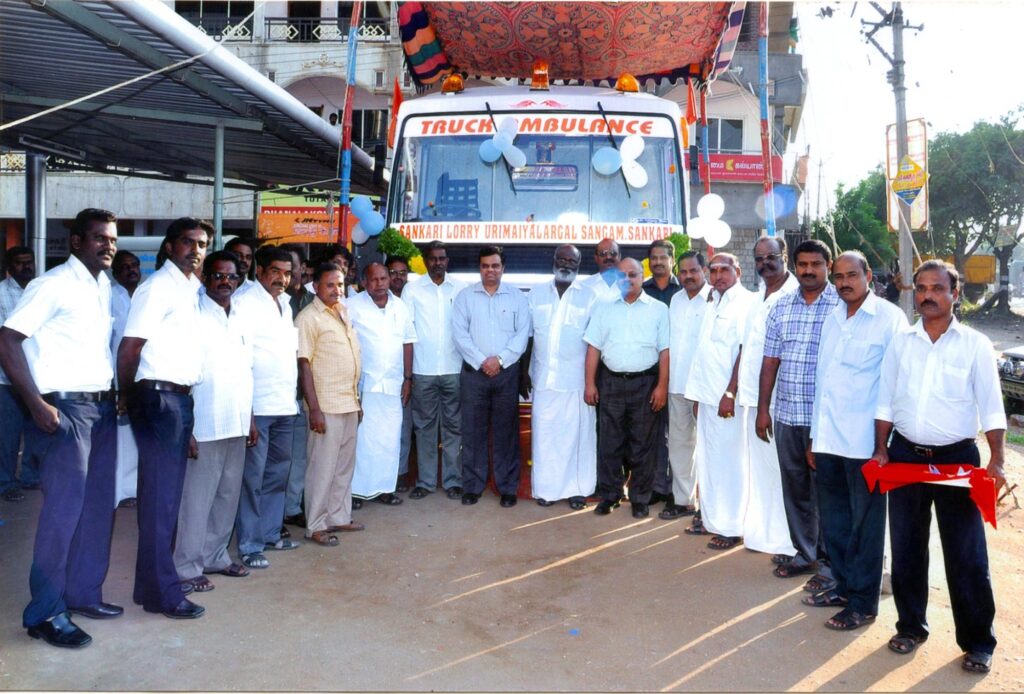
A severe shortage of drivers is another concern. “Truck drivers in India face numerous hardships, including poor rest facilities, challenging work conditions and sometimes harassment by RTO officials and law enforcement agencies. Unlike in developed countries, truck driving isn’t respected as a profession here. We need to change this perception, or we’ll face a crisis as fewer young people take up the trade. During the COVID-19 pandemic, truck drivers kept essential supplies moving, ensuring the country didn’t come to a standstill. Their contribution needs recognition,” he emphasized.
The outdated check-post system also impedes logistics. “With current technology, vehicle registration can easily be verified digitally. Removing check-posts would reduce delays. Overloading can also be managed with software that blocks billing if weight limits are exceeded. A more efficient flow of goods would result.”
Kandasamy believes a uniform Motor Vehicle Act across states could help resolve many of these issues. “In some states, check-posts have been removed, while others still maintain them, leading to confusion. A uniform set of rules would create a smoother, more predictable trucking experience.”
Embracing technology
Mohankumar welcomes technological advancements in the trucking sector. “We are ready to adapt. Fleet management software has been a huge advantage, and electric trucks are showing potential. Currently, they cover about 120 km per charge, but if they reach 250 km, more operators will adopt them. Increased infrastructure for charging, CNG, and LNG is also needed to support these changes.”
In conclusion, Kandasamy reflects, “These changes will encourage the next generation to join the industry confidently. We are navigating a challenging phase and seek government support to resolve issues plaguing the sector. With a helping hand, we can look forward to a brighter future and continue driving growth in India’s logistics landscape.”